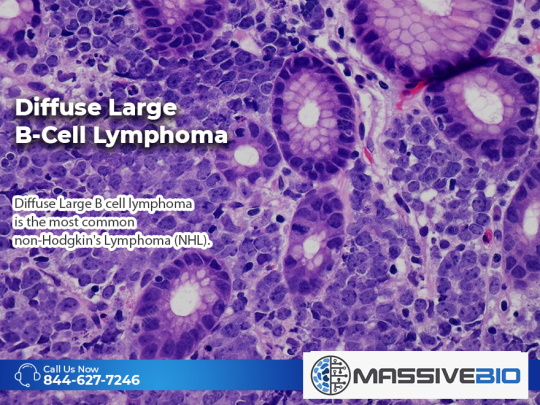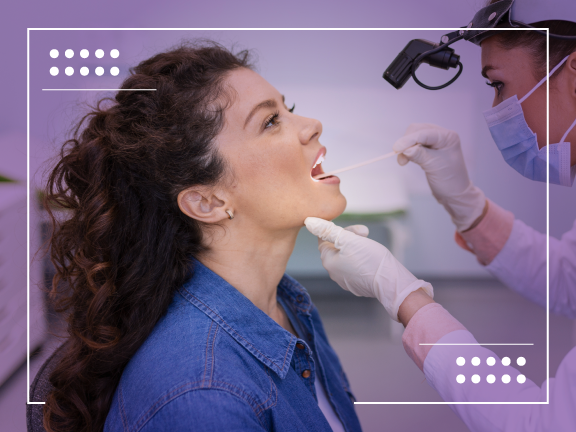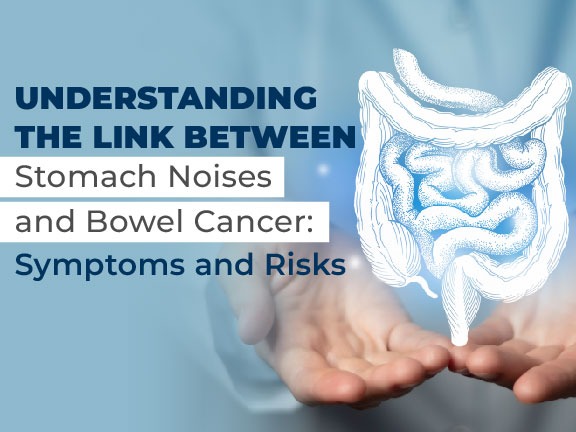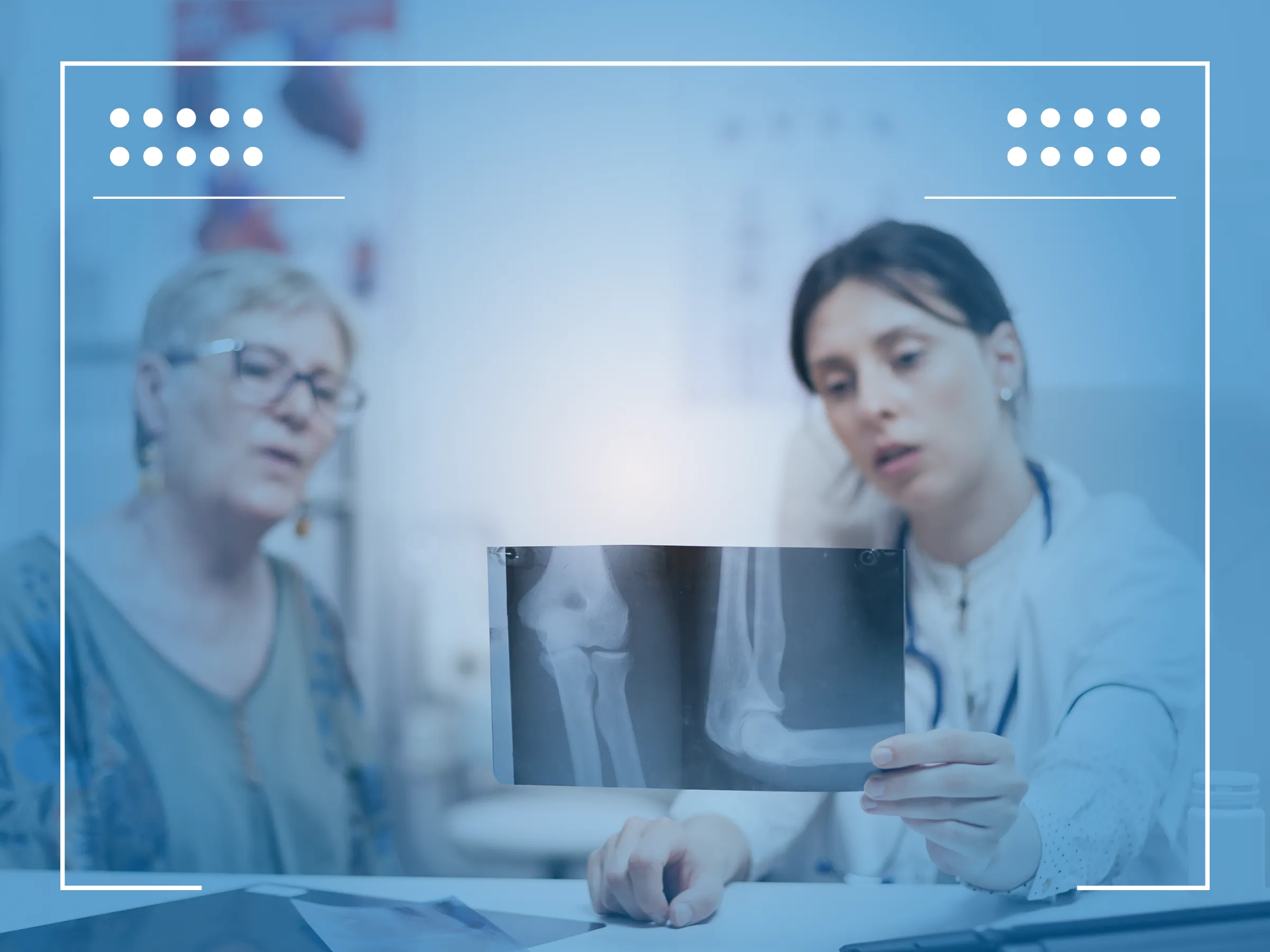Diffuse Large B-cell lymphoma (DLBCL) is a cancer in the lymphatic system where malignant lymphoid cells spread to other parts of the body through the blood-lymph circulation. Diffuse Large B-cell lymphoma is the most common non-Hodgkin’s Lymphoma (NHL). In both adults and children, it can occur in the main tissues and organs of the lymphatic system, such as the lymph nodes and spleen. Additionally, it can be found anywhere in the body such as the stomach, intestine, nervous system, breast, thyroid, as well as the organs.
Non-Hodgkin’s Lymphoma Risk Factors
Although the disease can be seen at any age, there are certain factors that may increase the risk. It also appears more common in white males.
To learn more about Non-Hodgkin’s Lymphoma, read our ultimate guide: Non-Hodgkin’s Lymphoma Ultimate Guide
Hypogammaglobulinemia and Wiskott-Aldrich syndrome, which is a congenital immune system disease, is one of the increasing risk factors to develop DLBCL. The use of drugs that suppress the immune system and patients who undergo organ transplants are also considered in the high risk group. Other risk factors include:
- Autoimmune diseases such as Sjogren’s syndrome, rheumatoid arthritis, psoriasis
- Infectious diseases such as HIV, Hepatitis C virus, HTLV Type I virus and Epstein Barr virus
- Diets including high protein and fat may be contributors
However, just because you may be among the risk group does not mean that you will get cancer. In fact, even patients without these risk factors can be diagnosed with Non-Hodgkin’s Lymphoma.
Clinical Trial Search Tool
More than 15,000 clinical trials are currently recruiting patients of all cancer types and stages.
Diffuse Large B-Cell Lymphoma Treatment
If left untreated, the survival of Diffuse Large B Cell Lymphoma (DLBCL) is considered less than 1 year. An important improvement to the treatment process has been the addition of antiCD20, antibody rituximab, for treatment of B cell lymphomas, including DLBCL. As a result, progression-free survival and overall survival increased significantly.
DLBCL treatment is determined according to the needs of the patient, by evaluating the stage and category of the disease, in light of the symptoms and criteria such as age and general health status. One or more of the following treatments may be recommended to treat the cancer and help relieve symptoms.
- Chemotherapy
- Radiation therapy
- Targeted therapies (Immunotherapy)
- Proton therapy (Proton Beam Therapy, PBT)
- Stem cell transplant
- CAR T-cell therapy (under clinical trials)
- Radioimmunotherapy
Massive Bio enables non-Hodgkin lymphoma patients to meet clinical treatments and trials that can help them live longer, healthier. Many patients can participate in a clinical trial specific to cancer types and biomarkers tested, regardless of their geographic location. For more information on non-Hodgkin lymphoma and treatment options, please feel free to contact Massive Bio or support@massivebio.com by calling 844-627-7246.












